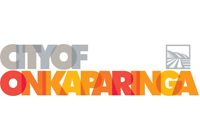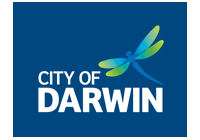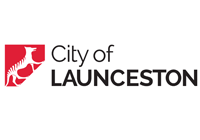Why prepare economic data for Local Government Areas?
Reliable primary economic data sets exist only at the national, state and regional level at best. The only way to get a realistic measure of GRP, number of jobs and other economic indicators at the local area level is to undertake economic modelling. The most significant challenge with local area economic modelling is to ensure that the process reflects the unique economic characteristics of the local area, while still being consistent with State and National Accounts. A common mistake is to apply national and state-level propensities at the local level, which are no accurate as industries perform differently in different places.
This is why we have partnered with NIEIR, Australia’s industry leaders in the development and provision of robust economic modelling at the smallest credible geographic unit. Their approach builds the economic story from the ground up and is dedicated to producing quality information for local government and regional decision makers.
The State of the Regions Economic Indicators is the country’s only economic and employment dataset that provides quarterly and annual economic and employment information at the LGA level. This means the impact of COVID-19 and other local economic changes can be clearly seen on each industry sector at the local level.


.png)


























%20(1)-1.png?width=1440&height=810&name=Untitled%20(1440%20%C3%97%20810%20px)%20(1)-1.png)
.png?width=1440&height=810&name=Untitled%20(1440%20%C3%97%20810%20px).png)
%20(2).png?width=1440&height=810&name=Untitled%20(1440%20%C3%97%20810%20px)%20(2).png)




.png?width=1700&height=1000&name=employment-total-by-indu%20(7).png)
.png)
.png?width=1700&height=1000&name=change-in-employment-tot%20(9).png)
